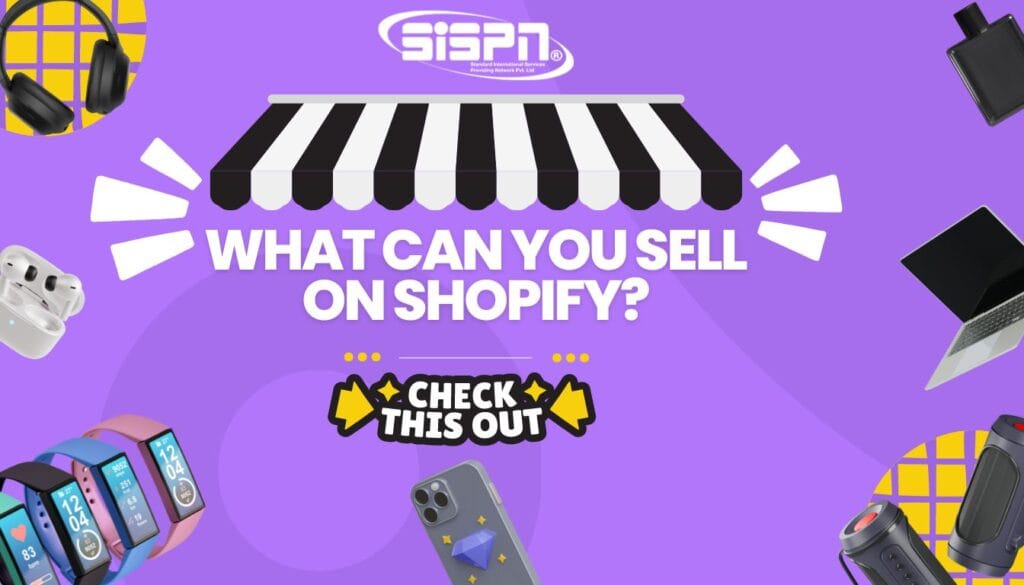
Comprehending what Shopify is – Shopify is an astounding e-commerce platform enabling users to build and control e-stores regardless of their nature or size. Shopify Software not only helps businesses in creating their eCommerce websites but also in promoting and selling their goods through social network sites, other websites, marketplaces, or even offline through this one management system.
Shopify is a subscription software as a service (SaaS), in other words, users can purchase their services on a monthly or annual basis. Most plans will cost you twenty-nine dollars while for the basic need of sales features such as adding Buy Button on existing websites, users can pay only twenty nine dollars a month.
What Is Shopify?
Shopify makes it easy to control your online shop – plus, it provides integration with a number of sales channels. A step by step guide on how to go about using Shopify follows;
1. Sign Up For Shopify
Firstly, you will sign up for a 3-day free trial but can opt to add an extra month for $ 1. This is just a good way to notice if one is willing to use all of Shopify’s features.
2. Join Your Sales Channels
In the first stages of the up, Shopify assists in linking your store to various sales channels such as social media sales, market place sales, and physical sales. It is possible to edit these links at any time.
3. Upload Product
You can enter product information by yourself or using drop shipping or Shopify’s Handshake wholesale marketplace. Some companies combine both personal product sales and drop shipping activities.
4. Add Payment Options
You can enable Shopify Payments which is free from transaction charges or other payment methods. With regards to payments, Shopify merchant account accepts more than a hundred payment service providers.
5. Set Up Shipping & Taxes
Then, in the settings, put the applicable shipping costs and the applicable taxes based on your location, your type of products etc. Utilizing a range of Shopify’s features such as the POS system, the Buy Button, or social media selling doesn’t require a complete website.
6. Make Adjustments to Your Online Store
With the assistance of the Shopify Store and premium themes, you have unlimited scope to change how your store appears. You will not have to require any of the technical jargon associated with building and running an online store that looks professional and has a brand identity.
7. Handling Orders and delivery
After receiving orders, managing processes such as order fulfillment and distribution becomes easy because of the built-in tools on Shopify. Automatic reminders help your clients in proper communication.
Build Your Online Shop
In addition want to build your own website hire expert custom website development company for growing your business or store, Custom design company provide attractive theme and build user interface.
Shopify pricing plans flexible pricing from Shopify definitely fits companies of any size. Key plans include the following:
Basic Plan ($29/month): Ideal for small businesses with full access to Shopify’s e-commerce features.
Shopify Plan ($79/month): Offers lower transaction fees and more advanced reporting tools.
Advanced Plan ($299/month): Suitable for larger businesses, with reduced fees and enhanced marketing tools.
Lite Plan ($9/month): For those who want to sell through existing websites without needing a full Shopify store.
Shopify Plus (starting at $2,000/month): Best for high-volume, enterprise-level businesses needing advanced features and support.
Shopify Payment Processing: If you use Shopify Payments, you’ll benefit from flat-rate transaction fees based on your plan, with no additional transaction charges. If you use other payment processors, Shopify applies a fee ranging from 0.5% to 2% per transaction.
Shopify Shipping & Tax Costs Shopify: It integrates with major shipping carriers like USPS, UPS, and DHL, offering discounted rates. Shipping costs are built into the platform, and discounts improve as you upgrade your plan.
Additional Shopify Features
Point of Sale: Included in all the plans, Shopify POS Lite can be used, whereas, POS Pro at $89/month allows for staff management features among other more advanced options.
Premium Themes: To access more customization options, Shopify premium themes begin at $17.
Understand the Best Graphic Design Services in US
What Can You Sell on Shopify?
Businesses using Shopify can sell all or some of the following:
- Physical goods
- Digital goods
- Dropshipped products
- Services
- Subscriptions
- Classes and training workshops
However, some exceptions include selling alcohol, weapons, or live animals in the Shopify online store, as per their terms of service. Shopify Sales Channels With Shopify, you can sell through:
- Inside a Shopify online store
- Social network (Facebook, Instagram, TikTok, Pinterest)
- Major market platforms (Amazon, Walmart, Etsy)
- Mobile Point of Sale at events and pop-up shops
- Non-Shopify websites via the Buy Button
Shopify Pros and Cons
Pros:
- Setup is easy even for the less experience.
- Great omni channel performance.
- Operates at a modest cost with Shopify Payments.
- Management of marketing, drop shipping and inventories are without difficulties due to the excess of built-in tools.
- There are many engagement themes available to alter.
Cons:
- Shopify Payment limitations will lead to incurring high transaction fees.
- Deployment tools that incorporate Search Engine Optimization, and Blogging are not as much as what other competitors offered.
Bottom Line
In 2024, Shopify remains one of the best e-commerce platforms for businesses, regardless of size. Its user-friendly interface, scalability, and powerful features make it an excellent option for new businesses and seasoned sellers alike. While some areas like theme customization and SEO tools could improve, Shopify’s strengths far outweigh its limitations.


